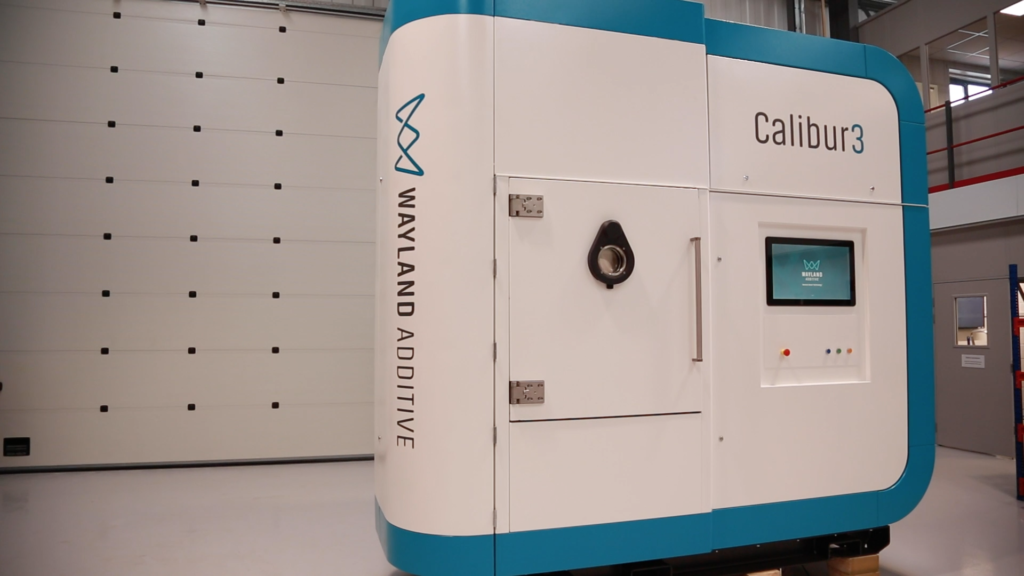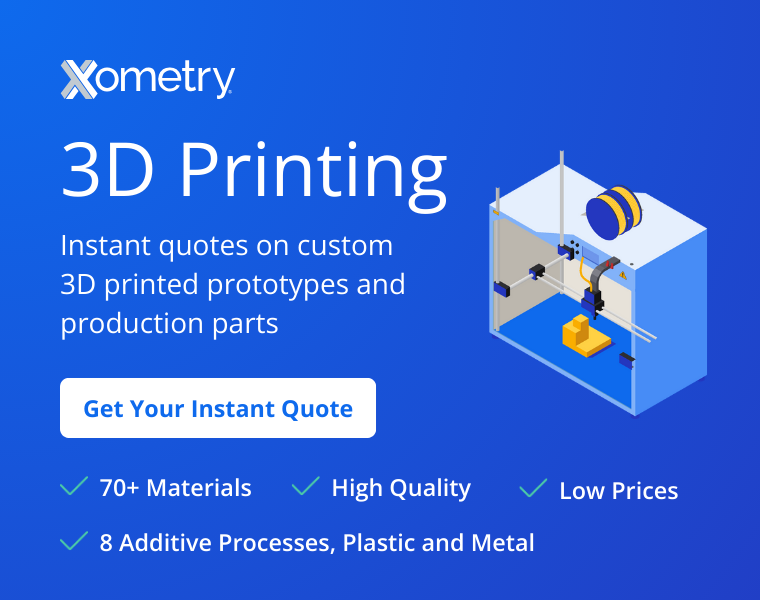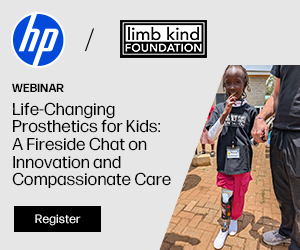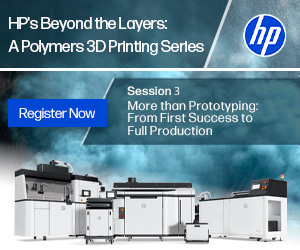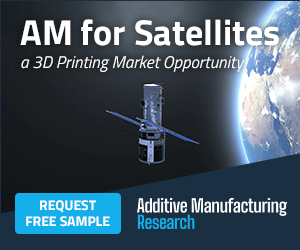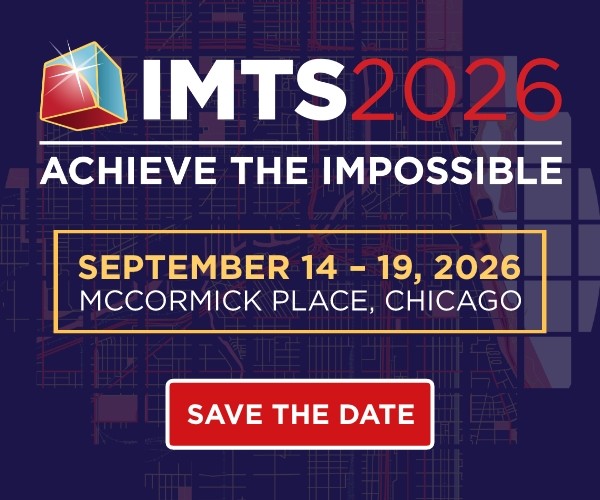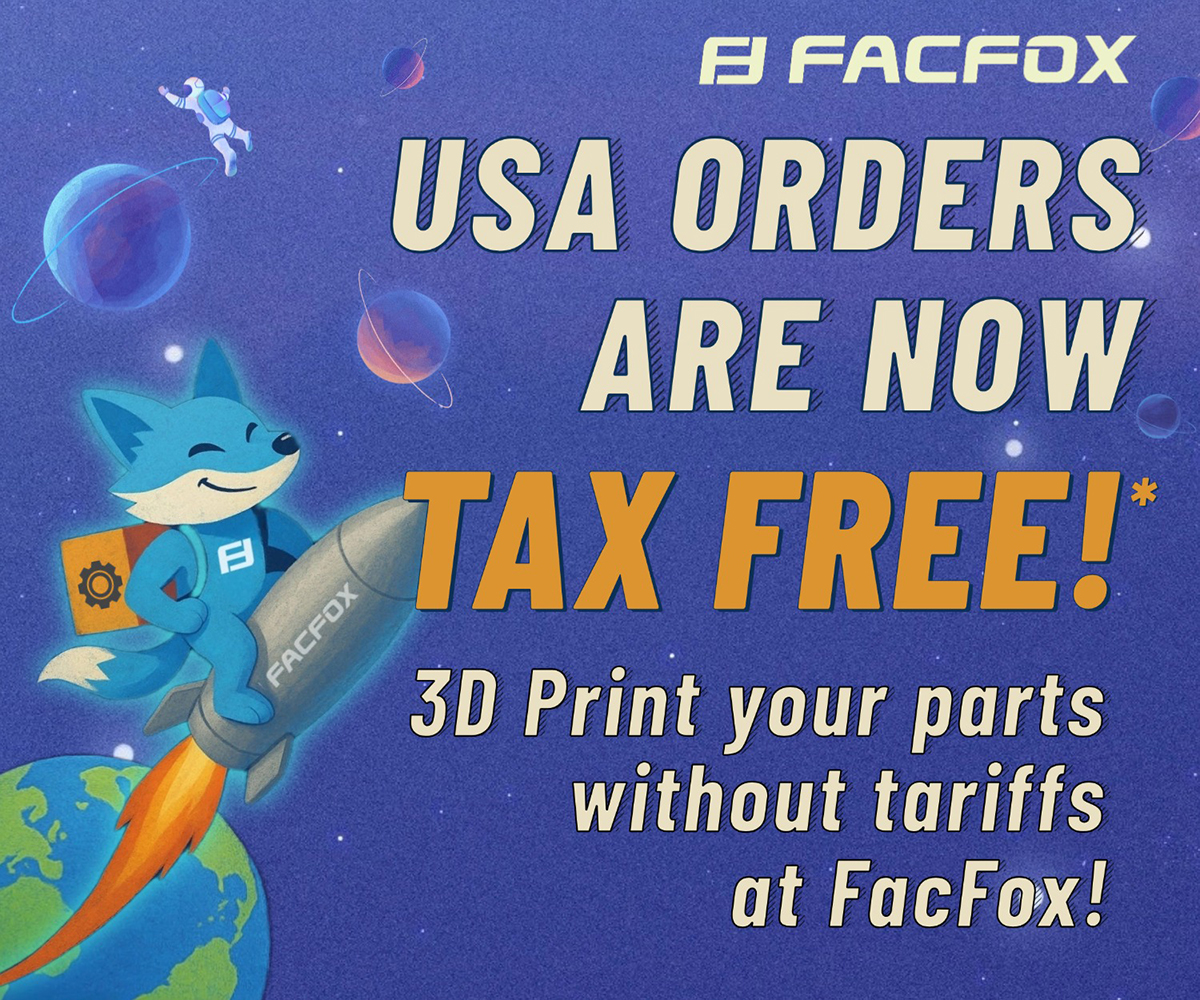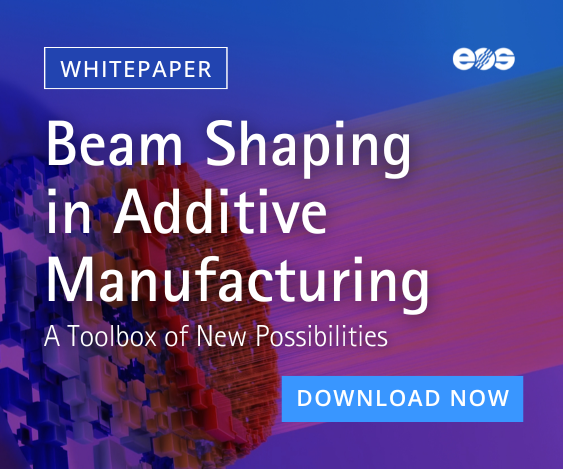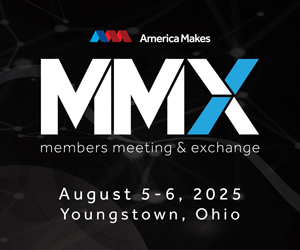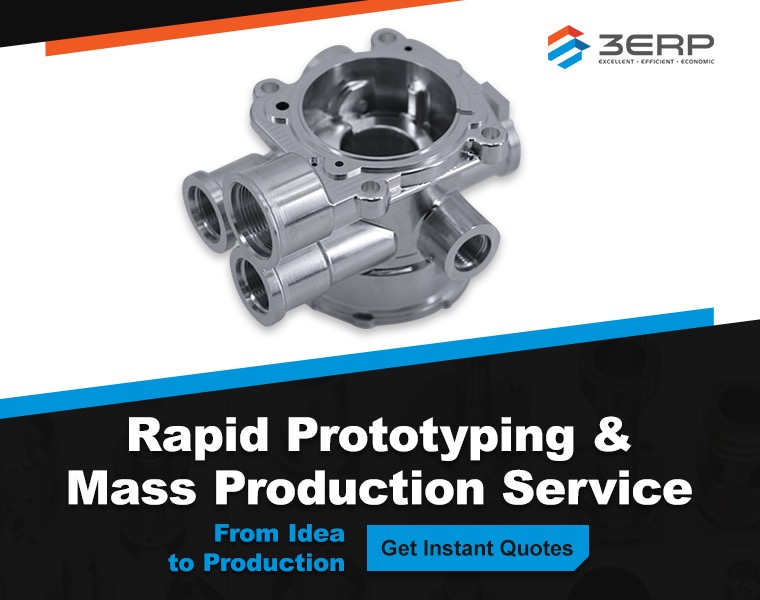After the March launch of its flagship Calibur3 metal 3D printer, the U.K.’s Wayland Additive has announced its first sale. Exergy Solutions Inc. in Calgary, Canada will be the first commercial client of Wayland. The sale takes place ahead the company’s physical launch event, slated for May 19, 2021.
The Calibur3 is the first system from Wayland Additive to use the company’s proprietary NeuBeam 3D printing process, which applies an electron beam to 3D print metal parts free from residual stresses. This benefit is due to the fact that the technology only applies heat to the part and not to the bed overall. In turn, there is no “sinter cake” at the end of a build, but just free-flowing powder and the part itself, reducing overall post-processing labor and time.
To overcome issues in traditional electron beam 3D printing, machines rely on higher processing temperatures, which can result in a semi-sintered cake that is significantly more difficult to process. Moreover, it limits the variety of materials that can be used. In the end, Wayland claims that not only can the NeuBeam process 3D print with a wider variety of metal powders, but it can produce more complex geometries than other electron beam processes and the lack of a sinter cake results in a time-to-part reduction by 30 to 40 percent.
Exergy Solutions was able to purchase the machine with support from Next Generation Manufacturing Canada (NGen). Similar to Manufacturing USA and the Fraunhofer network in Germany, NGen features a number of university and industry members that work together on a variety of manufacturing projects. Exergy is an engineering, 3D printing, and digital solutions developer, often focusing on energy efficiency solutions.
“It is investments like this that will enable our manufacturers to compete in the global marketplace and deliver the integrated engineering solutions that their customers need.” As Dr. Dave Waldbillig, Director of Advanced Manufacturing at Exergy explains, “The investment in Wayland’s technology means that we can present a compelling solution to our customer’s wear challenges. The partnership combines the high wear resistance and toughness of the Vibenite® series of materials from VBN Components, with the larger build volume and speed of the NeuBeamTM process, and Exergy Solution’s application engineering support. Exergy focuses on developing solutions for high wear environments where complex geometries and large part sizes are needed for applications across many industry sectors such as oil and gas, minerals processing, forestry, agriculture, pulp and paper, and power generation among others. Wayland’s Calbur3 metal AM system supports innovation for Exergy with its ability to process a wide range of materials in its large build volume meaning we can focus on large footprint components.”
We’ve covered the Vibenite series of materials from VBN Components before. Due to high carbide content, Vibenite materials are ideal for wear-resistant parts. Their incorporation into this announcement suggests that VBN is becoming a partner of Wayland, perhaps demonstrating the wider variety of materials possible with the NeuBeam approach. The fact that Exergy works with heat pumps and related parts suggests that they may consider 3D printing heat exchangers, a prime candidate component for 3D printing due to ability to create geometrically complex exchangers with potentially more efficient energy transfer properties.
This is only Wayland’s first publicly announced customer so far, but it may already be demonstrating the ways that its process could improve over traditional electron beam 3D printing, a segment previously dominated by GE’s Arcam. The company can’t let its guard down, however, as numerous entrants are now on the field, including JEOL, pro-beam, and Freemelt.
Subscribe to Our Email Newsletter
Stay up-to-date on all the latest news from the 3D printing industry and receive information and offers from third party vendors.
Print Services
Upload your 3D Models and get them printed quickly and efficiently.
You May Also Like
3D Printing News Briefs, July 2, 2025: Copper Alloys, Defense Manufacturing, & More
We’re starting off with metals in today’s 3D Printing News Briefs, as Farsoon has unveiled a large-scale AM solution for copper alloys, and Meltio used its wire-laser metal solution to...
Etsy Design Rule Change Reduces Selection of 3D Printed Goods
Online marketplace Etsy has implemented a rule change requiring all 3D printed goods on the site to be original designs. The update to the site’s Creativity Standards states, ¨Items produced using...
Siraya Tech Introduces New Elastomer 3D Printing Materials, Including Foaming TPU
California company Siraya Tech, founded in 2019 with a focus on material science, customer focus, and agility, develops high-quality 3D printing materials that meet the needs of creators, hobbyists, and...
3D Printing News Briefs, April 12, 2025: RAPID Roundup
The news from last week’s RAPID+TCT in Detroit just keeps on coming! That’s why today’s 3D Printing News Briefs is another RAPID Roundup of more exciting announcements from the trade...


